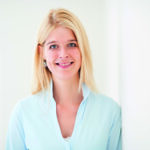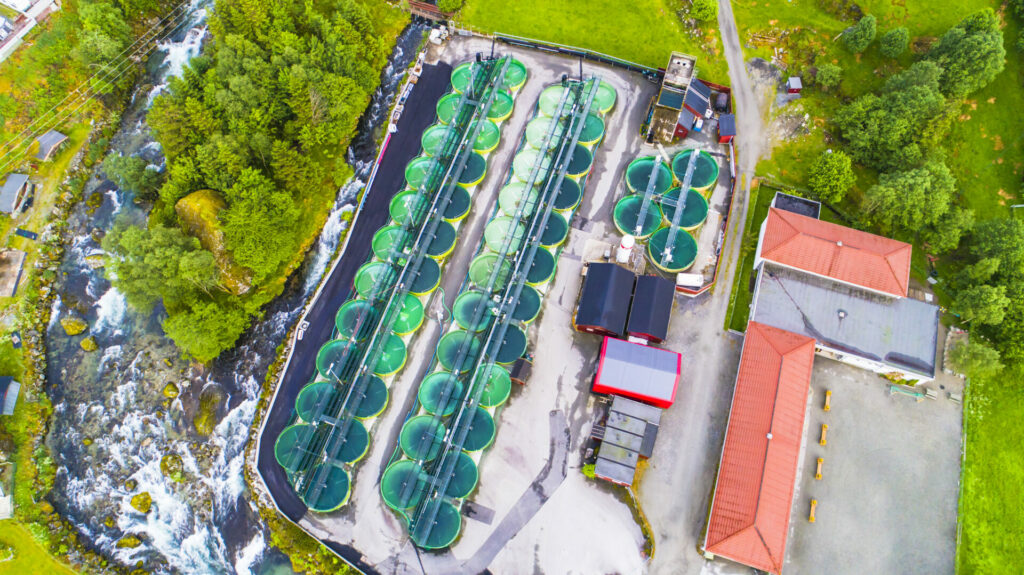The mantra that we need to produce more food to ensure food security, particularly in these troubled times, is one that I am sure all of us have heard often.
Setting aside the fact that “food” is often used interchangeably, and sneakily so, for “feed” for farmed animals, this summer of drought, forest fires and generally extreme weather phenomena should be a stark reminder that food security depends on whether or not we will take decisive action to curb climate change.
Among other measures, promoting a shift to more sustainable diets and away from intensive animal agriculture must become an integral part of the global strategy to mitigate or reverse climate change. Otherwise, to put it bluntly, many parts of the world, including at our latitudes, won’t have soils to till anymore, nor water to irrigate them, let alone to produce crops for animal feed.
Fish is often portrayed as being healthier than meat. Yet there is much that hangs in the balance in the definition of what a sustainable diet is.
Notably, there are trillions of animal lives at stake and the risk of greenwashing industries that are not sustainable at all. Due to the depletion of many species of wild fish worldwide due to overfishing, aquaculture is increasingly being framed as the solution to feed a growing human population sustainably.
After all, as the current narrative goes, fish is healthy, tasty, an efficient source of protein, and has a low carbon production cycle. But, as is often the case, things are not as straightforward.
The fish farming sector is flourishing: in the EU alone, 1 billion fish are reared in aquaculture systems every year. However, this industry is currently all but sustainable: the most commonly farmed species (think salmon) are carnivores, meaning that wild fish, other animal proteins, and other high quality proteins must be used to produce their feed. Catching fish to produce fish meal for aquaculture drives the fishing of already overfished populations and deprives local people of food (e.g. in West Africa).
Aquaculture facilities can be significant sources of environmental pollution. The high stocking densities in net pens used by fish farming facilities lead to disease outbreaks, which are managed with antibiotics, thus contributing to antimicrobial resistance. Farmed fish often escape into the environment, where they can spread disease and compete with, or even prey on, wild fish populations.
Is aquaculture then at least energy efficient? Once again, the answer is no.
The overall emissions of greenhouse gases (GHG) per kg of edible flesh at the farm gate from finfish aquaculture is similar to pig meat and broiler meat, albeit with significant variations.
The Common Fisheries Policy regulation sets down objectives for the development of the European aquaculture sector in the EU Sustainable Aquaculture Guidelines (SAGs). However, while the guidelines do encourage, at least on paper, a transition towards low-trophic species (species that are at the bottom of the fish food chain and require few resources to grow, like shellfish) and the adoption of certain animal welfare provisions, the European Commission has no real power to hold Member States accountable for how they spend EU funds in developing their national aquaculture sectors.
To all practical effects, this makes the SAGs a weak instrument that will have little or no effect in making the sector more sustainable. From our perspective as animal advocates, animal welfare is a fundamental component of sustainable development.
Aquaculture is currently an area of maximum concern
Fishes (different species of fish, farmed or in the wild) are non-domesticated sentient beings, capable of experiencing pain and fear. They are intelligent, inquisitive, have great learning capabilities, play, and have social lives.
Aquaculture systems were clearly not developed with these characteristics in mind, the aim being to maximise output. Current regulatory frameworks are dramatically inadequate to guarantee minimum welfare standards for farmed fish and even slower in incorporating the latest scientific findings on the ethological needs of the different species.
It follows that the industry still relies on many practices that cause pain and distress, including extremely high stocking densities, lack of environmental enrichment, poor water quality, painful procedures (egg/semen collection, vaccinations, catching for transport), unstunned slaughter.
While hidden from the public eye, the silent suffering of fishes in European aquaculture has been exposed in the past several years by many undercover investigations. Also thanks to these investigations, people now recognise that fish are sentient beings that can feel pain. A Eurogroup for Animals poll showed that humane slaughter, the ability to act out natural behaviours, and access to clean water are all understood by European citizens to be imperative for fish welfare.
Apart from all other considerations, we strongly believe that the welfare of farmed fish species should be better regulated. The EU Platform on Animal welfare’s best practice guidelines on water quality handling for the welfare of farmed fish are a good start. The European Commission invited Member States to use and further develop these guidelines in implementing their national aquaculture plans aligned with the EU’s Strategic Aquaculture Guidelines (SAGs).
The upcoming revision of the EU animal welfare legislation foreseen by the EU Farm to Fork Strategy is a golden opportunity to regulate fish welfare at EU level.
Ultimately, though, as is the case with all forms of industrial animal agriculture, improving animal welfare and sustainability are ways of addressing symptoms without really tackling the root of the problem.
We need the political courage to initiate systemic change in our food system, we need to face the reality that our planet's boundaries are finite and that infinite growth is a myth, just like humane industrial animal production is. And we need to give farmers the means to become protagonists of this change so they have all the support they need in enacting this transition.


